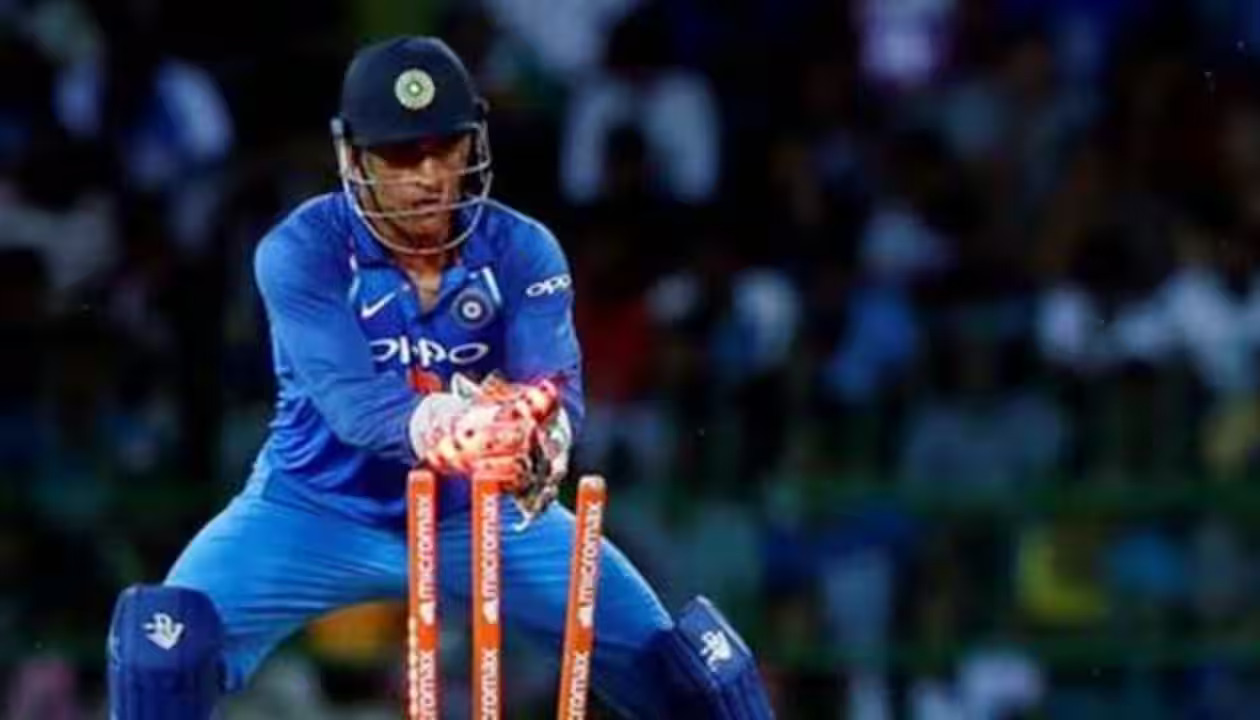Introduction to Wicket Keeping
Wicket keeping, an integral part of the game of cricket, is one of the most specialized positions on the field. It involves not just catching the ball but also being an effective strategist and communicator. From the early days of cricket to the modern T20 format, wicket keeping has evolved significantly, becoming a vital aspect of a team’s performance. becoming a vital aspect of a team’s performance with invaluable cricket playing tips for those in this position.
Evolution of Wicket Keeping in Cricket
The role of wicket keeping has transformed over the years, from being merely a reactive position to a proactive one. Initially, wicket keepers were primarily seen as a defensive asset, responsible for catches and stumpings. However, with the evolution of the game, the role has expanded to include proactive involvement in setting fielding strategies and closely working with bowlers to exploit opponents’ weaknesses.
Skills and Attributes of a Good Wicket Keeper
A proficient wicket keeper possesses a combination of unique skills such as agility, reflexes, hand-eye coordination, and mental alertness. Quick decision-making, excellent anticipation, and the ability to adapt to various playing conditions are crucial for a successful wicket keeper.
Wicket Keeping Techniques and Tips
Mastering Stumpings and Catches
The art of stumpings and catches demands impeccable timing and swift glove work. A successful wicket keeper needs to anticipate the trajectory of the ball and be ready to react swiftly to any deviation, ensuring quick dismissals and maintaining pressure on the opposing team.
Footwork and Body Positioning
Proper footwork is crucial for maintaining balance and agility behind the stumps. Correct body positioning allows keepers to react swiftly to deliveries and move effortlessly to cover a wider range, thus minimizing the margin of error.
Communication with Bowlers
Effective communication between the wicket keeper and bowlers is paramount in setting fielding strategies and executing plans to dismiss batsmen. Clear and concise communication helps in maintaining the team’s momentum and applying pressure on the batting side.
Wicketkeeping Drills
Wicket Keeping Drills – Part 1
Wicket Keeping Drills – Part 2
Famous Wicket Keepers in Cricket History
Several legendary wicket keepers have left an indelible mark on the game through their extraordinary skills and contributions. From the likes of Adam Gilchrist and Mark Boucher to more recent stalwarts such as MS Dhoni and Kumar Sangakkara, these players have redefined the art of wicket keeping and set benchmarks for generations to come.
Role of Wicket Keeping in Modern Cricket
In the contemporary cricket landscape, the role of a wicket keeper has expanded beyond just catching the ball. Wicket keepers, equipped with CricHeroes Insight Feature, are expected to provide valuable insights to captains, read the game situation, and make crucial decisions to counter the opposition’s batting strategies effectively.
Challenges Faced by Wicket Keepers
Wicket keeping presents its own set of challenges, including the physical demands of the position, the pressure of performing consistently, and the need to maintain focus throughout the game. Additionally, the dynamics of various formats of the game add to the complexity, requiring adaptability and versatility from the wicket keepers.
Training and Fitness Regime for Wicket Keepers
To excel in this demanding position, wicket keepers must undergo specialized training that focuses on enhancing reflexes, agility, and overall fitness. Specialized drills and workout regimes are tailored to improve hand-eye coordination, speed, and endurance, enabling keepers to perform at the highest level.
Wicket Keeping Equipment
Wicket keeping equipment has evolved significantly to cater to the specific demands of the position. From gloves with reinforced padding to high-quality leg guards and helmets with enhanced protection, modern wicket keeping gear emphasizes both comfort and safety, enabling keepers to perform at their best while minimizing the risk of injury.
Wicket Keeping and Team Strategy
The role of a wicket keeper goes beyond the boundaries of the playing field. Wicket keepers play a crucial role in devising field placements and offering valuable insights to the captain, helping shape the team’s strategy and adapt to the evolving dynamics of the game.
The Glamour of Wicket Keeping in T20 Cricket
In the fast-paced and exhilarating format of T20 cricket, wicket keeping has gained an added dimension of glamour and excitement. The need for quick decision-making, effective communication, and agile reflexes makes wicket keepers an indispensable asset in T20 matches, often turning the tide of the game in crucial moments.
Impact of Technology on Wicket Keeping
Technological advancements have revolutionized the game of cricket, impacting every aspect, including wicket keeping. Innovations such as ultra-motion cameras and advanced analytics have enabled keepers and coaches to scrutinize performances, identify weaknesses, and fine-tune strategies, leading to an overall improvement in the standards of wicket keeping.
Controversies and Memorable Moments in Wicket Keeping
Over the years, wicket keeping has witnessed its share of controversies and memorable moments, from contentious decisions by umpires to breathtaking catches and crucial stumpings during high-stake matches. These instances have not only shaped the narrative of the game but have also contributed to the rich tapestry of cricketing history.
Tips for Aspiring Wicket Keepers
For aspiring wicket keepers, dedication, perseverance, and continuous practice are key. It is essential to focus on honing specific skills such as reflexes, agility, and communication, while also developing a deep understanding of the game and its nuances. Seeking guidance from experienced coaches and studying the techniques of renowned wicket keepers can significantly contribute to the development of one’s skills.
Also Read Abdominal Guard in Cricket: Everything You Need to Know
Conclusion:
In the realm of cricket, wicket keeping stands as a testament to the critical role of specialized positions in the game. From being a mere guardian of the stumps to a strategic mastermind behind the wickets, the evolution of wicket keeping highlights its indispensable role in shaping the outcome of matches and influencing the trajectory of the game.
FAQs
- What makes a good wicket keeper stand out on the field?
A good wicket keeper stands out through quick reflexes, effective communication, and the ability to make crucial decisions under pressure. - How important is physical fitness for wicket keepers?
Physical fitness is paramount for wicket keepers as it ensures agility, endurance, and the ability to perform consistently throughout the match. - What are the common challenges faced by wicket keepers during a cricket match?
Common challenges include maintaining focus, dealing with unexpected ball movements, and coping with the physical demands of the position. - Can wicket keeping techniques be improved through specialized training?
Yes, specialized training can significantly improve wicket keeping techniques, enhancing skills such as footwork, hand-eye coordination, and decision-making. - How has the role of a wicket keeper evolved in the modern era of cricket?
In the modern era, the role of a wicket keeper has expanded to include strategic decision-making, proactive communication, and a deeper involvement in shaping the team’s overall performance.
I am Dhaval Jain, SEO All-Rounder at CricHeroes.
CricHeroes is an ultimate Cricket Scoring App and the world’s only true Cricket Network. With more than 30 million registered cricketers using CricHeroes to Live Score their Local Cricket Matches and Tournaments, CricHeroes is already the number one Cricket Scoring App in the world!










